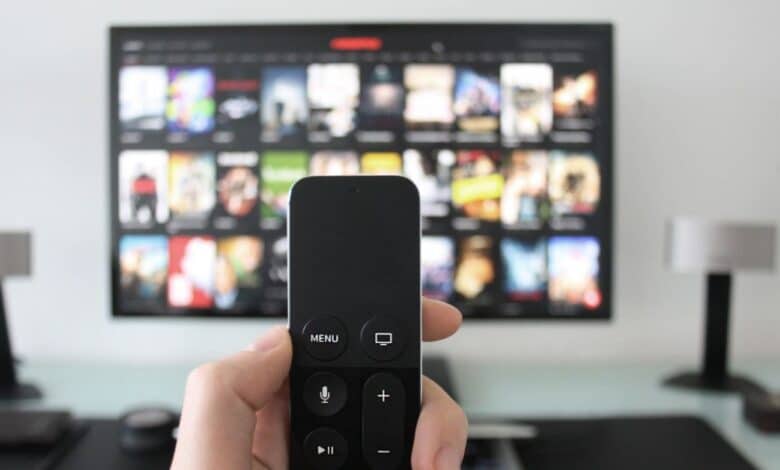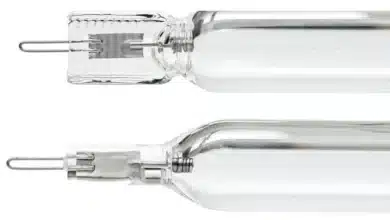How to Connect Roku to TV Without HDMI: A Comprehensive Guide

In a world dominated by high-definition (HD) content and sleek, modern TVs with HDMI ports, it’s not uncommon to find yourself with an older television that lacks this crucial feature. These older TVs, once the pride of living rooms, are often left in the shadows, unable to access the vast array of streaming content offered by devices like Roku, Apple TV, and Google Chromecast. In this comprehensive guide, we’ll explore the various methods to connect a Roku device to a TV without HDMI, breathing new life into your beloved old TV.
Section 1: Understanding the Challenge
The Prevalence of HDMI Ports
As the world of technology continues to advance, HDMI (High-Definition Multimedia Interface) has become the standard for connecting high-definition video equipment to modern TVs. HDMI provides a reliable, high-quality, all-digital connection, delivering pristine video and audio.
Inconvenience of Outdated TVs
However, this shift towards HDMI connectivity has left many older TVs behind, rendering them incapable of connecting to popular streaming devices. The inconvenience of having an older TV without HDMI means missing out on the plethora of streaming content and services that have become an integral part of modern entertainment.
Section 2: The Versatility of Roku
Roku: A Popular Streaming Solution
Amidst this dilemma, Roku emerges as a versatile solution. Roku is renowned for its streaming capabilities, offering access to numerous streaming channels, including Netflix, YouTube, and more. It’s the ideal choice for individuals looking to bridge the gap between their older TV and contemporary streaming services.
Section 3: Connecting Roku to TV Without HDMI
Various Scenarios, One Solution
The beauty of Roku is its adaptability. Regardless of whether your TV features composite, component, S-Video, VGA, DVI, or SCART ports, Roku can be successfully connected. We’ll explore these scenarios one by one.
Composite Connection
For TVs with composite ports, you can use composite cables to connect your Roku device. The cables are color-coded, making the process straightforward. We’ll provide step-by-step instructions to ensure a seamless connection.
Component Connection
Component ports offer an alternative option for connecting Roku. Like composite cables, component cables are color-coded, simplifying the setup process. We’ll guide you through each step, ensuring your Roku is successfully connected to your TV.
S-Video Connection
In cases where your TV has an S-Video port, we’ll explain how to use an HDMI to S-Video adapter to bridge the gap. This method ensures both video and audio are properly transmitted, granting you access to streaming content.
VGA Connection
For TVs with VGA ports, we’ll introduce the HDMI to VGA adapter as your solution. This adapter not only facilitates the video connection but also explains how to address audio transmission, ensuring a comprehensive Roku setup.
DVI Connection
If your TV has a DVI port, we’ll walk you through the process of connecting Roku via an HDMI to DVI adapter. This method, while primarily for video, also touches upon audio solutions for an all-encompassing Roku experience.
SCART Connection
TVs with SCART ports can connect to Roku using an HDMI to SCART adapter. We’ll discuss this process in detail, taking into account both video and audio components.
Section 4: Overcoming Challenges and FAQs
Addressing Common Issues
No setup is without its quirks, and we’ll provide solutions for common challenges like “No Signal” messages, ensuring a smooth experience.
Troubleshooting Tips
In this section, we’ll share troubleshooting tips for potential hiccups during the setup process. These tips will help you overcome any obstacles and enjoy a seamless streaming experience.
Frequently Asked Questions
We’ll address frequently asked questions about Roku compatibility with older TVs, ensuring all your concerns are answered comprehensively.
Section 5: Conclusion and Final Thoughts
In conclusion, connecting Roku to a TV without HDMI is not only possible but also offers a renewed viewing experience on your trusted, older TV. The accessibility to streaming content is no longer limited by your TV’s age; Roku bridges the gap. With comprehensive instructions, troubleshooting advice, and a thorough understanding of alternative connection methods, you can transform your old TV into a modern streaming powerhouse.
Additional Tips and Recommendations:
Advantages and Disadvantages
We’ll discuss the advantages and disadvantages of alternative connection methods, helping you make informed decisions based on your specific TV and setup.
Recommended Roku Models
To cater to different TV types and preferences, we’ll recommend the best Roku models for various scenarios, ensuring that you choose the right one for your needs.
Official Roku Resources
We’ll provide links to official Roku resources for ongoing support and updates, ensuring you stay up to date with the latest advancements in Roku technology.
Stay Updated
To maintain the relevance of the article, we’ll include a note about the article’s publication date and the possibility of future developments in Roku’s compatibility with older TVs.
In this comprehensive guide, we’ve not only addressed the technical aspects of connecting Roku to a non-HDMI TV but also offered a practical solution to rejuvenate your cherished older television. With the right approach and the versatility of Roku, you can embrace the future of streaming while preserving the nostalgia of your classic TV.




